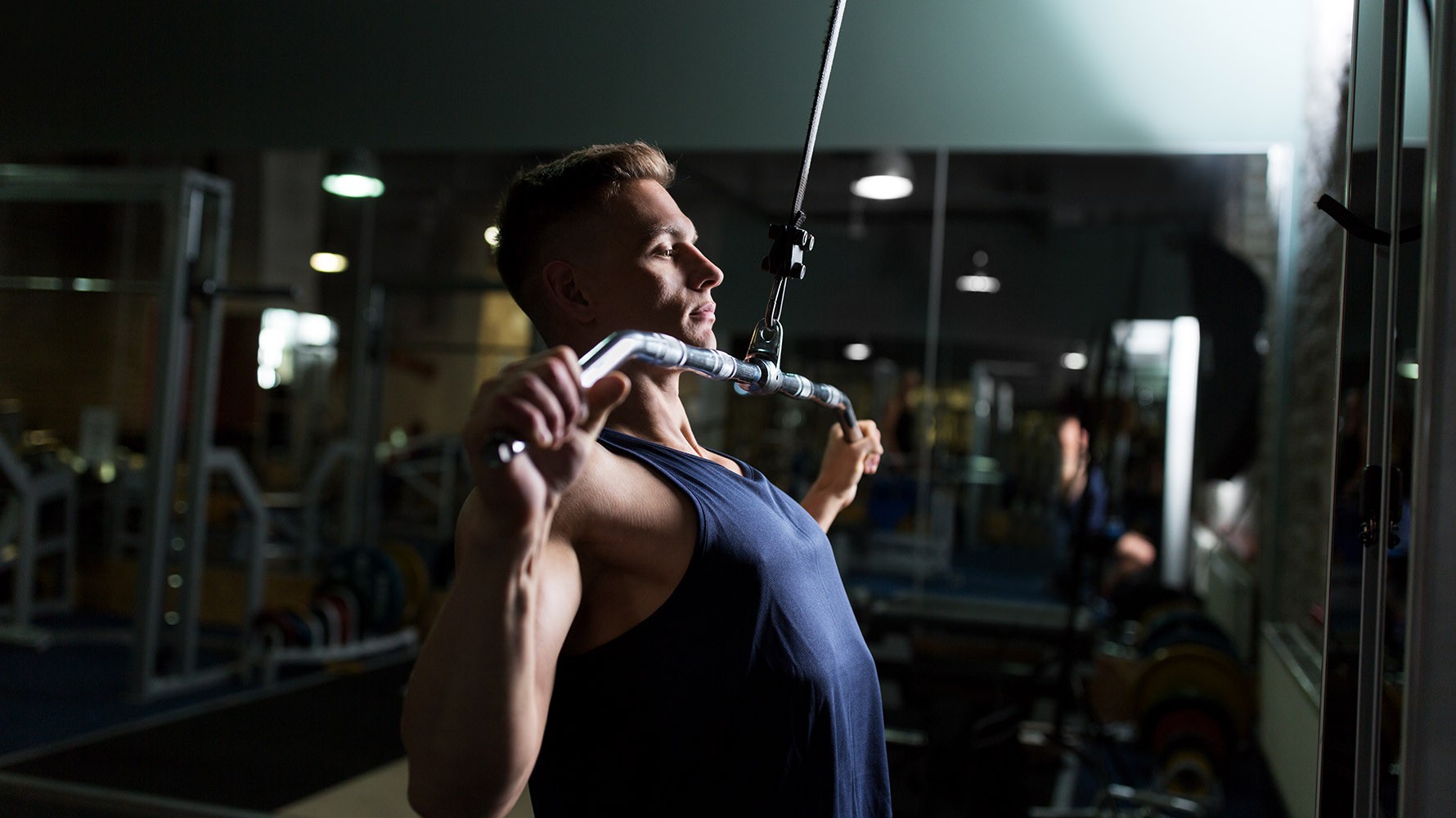The back is one of the largest and most important muscle groups within the human body. Back workouts will help to keep your back healthy, fix your posture, and can reduce back pain.
The most significant and popular part within the back muscles can be considered the Latissimus Dorsi muscles (lats). These muscles help to create the male silhouette, as well as giving the sports person a wider frame due to these muscles becoming more prominent, they are also known within the gym as your “wings”. Their development and growth, assist your back and general posture, which in turn can lead to reduced or avoided back pain when lifting weights.
When training your back muscles, there is a whole set of exercises that are needed to hit every muscle within the back, which is not so easy to complete in just one gym session, but sometimes depending on the routine and exercises, this is not always necessary. Each experienced athlete, usually has his or her own back workout which they have been using for many years, tailored specifically to his or her own body and the goals that they are trying to achieve.
For beginners, it is usually recommended, that starting with general strengthening exercises and using effective back exercises such as; pull-ups, bent-over rows, deadlifts, and hyperextensions, are the best and most effective way towards progression.
These are the most basic exercises, which at the initial stage when training, will be quite enough for the general development of your back. Do these exercises with light to medium weights for the first three to four weeks, until you can learn the correct lifting techniques. Once you have studied and learned these techniques, with a good form, only then can you gradually increase your weight.
When you are training for the purpose of gaining muscle mass, it is recommended that you contact an experience personal trainer within the gym to make sure that when you are starting to lift with heavy weight, that your form and posture are correct. Only then can you start to increase the weight and put heavy strain on your body. If you are lifting heavy weights with the wrong technique, posture or form, you will end up doing some serious damage to your muscles, ligaments or tendons. When you are lifting correctly, you can incorporate these kind of exercises into your routine; lat pulldowns, bent-over dumbbell pulls and low rows. These exercises are usually done with heavy weights to become effective for muscle growth. This is why it is recommended to get your technique and form on point and develop these muscles first before giving them intense stress that is needed for them to grow.
Best Exercises for Latissimus Dorsi Muscles
It is impossible to build a big, good looking, V-shaped physique without training the latissimus dorsi muscles. Here, are a few examples of the most efficient and basic back exercises that are designed for enhanced hypertrophy of the lat muscles, these are listed below.
Pull-Ups
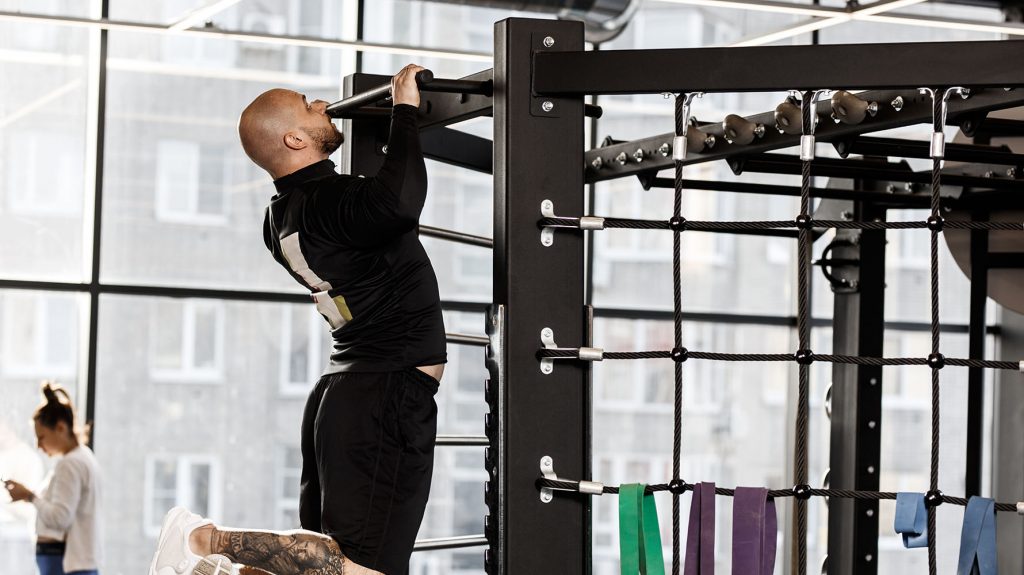
Pull-ups target your lat muscles directly, wide grip pull ups, are the ultimate tool to providing you with that wide spread and big back that most athletes or body builders are looking for. For beginners this is a great way to develop these lat muscles, but after time when your body becomes more familiar to its own body weight, pull ups with your bodyweight become ineffective for building muscle mass within the lats. But with weighted pull ups, you can continue to gain that wider frame. To really target, isolate and engage the lats within this exercise, keep your chin and chest up with a good posture and imagine you are trying to snap the bar you are holding onto over your chest, like you are trying to break it in half with your peck muscles!
Bent-Over Barbell Row
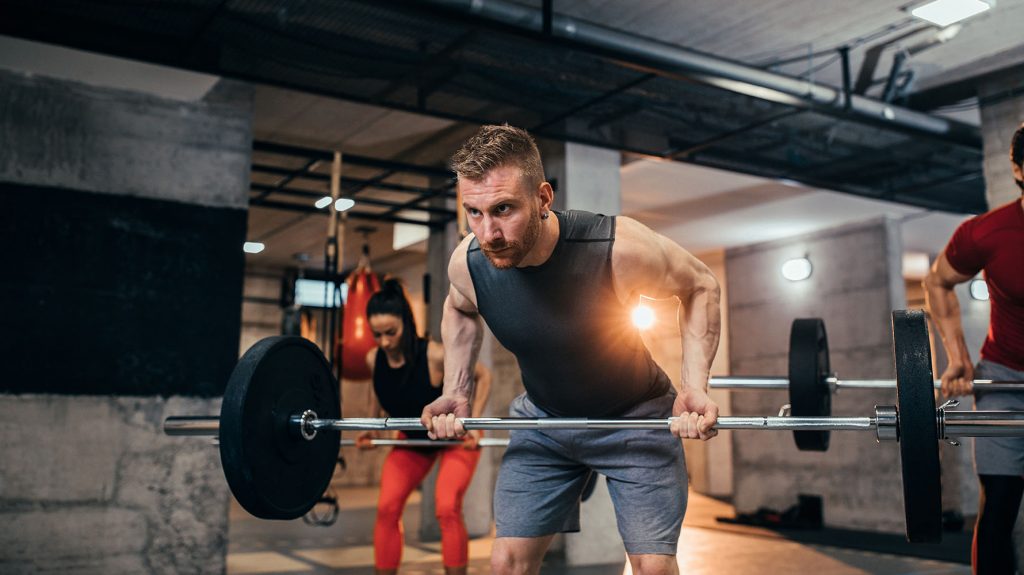
This type of exercise involves working with free weight, which makes it the most effective in terms of increasing the lats. Although this exercise, and any free weight exercise for that matter, is recommended to complete only once you have developed the smaller muscles that help support your posture and lifting techniques, so that you do not damage yourself during these free weight exercises. By doing barbell rows you will work your middle and lower traps, rhomboid major, rhomboid minor, upper traps, rear deltoids, and rotator cuff muscles. Although this is mainly targeted at your mid to lower back muscle growth, this exercise is also effective for building strength within the mid to lower lat muscle.
Seated Cable Row

This exercise is not as effective as the barbell row towards growth within the back, but it is indispensable in your workouts, especially if your goal is back width, thickness, and overall strength. The low row targets not only the lats, but also the deltoid and rhomboid muscles. This also focuses and works mostly on the muscles in the lower back. The forearm muscles and the upper arm muscles, such as the biceps and triceps are also worked on, as they are used as dynamic stabilizers for this exercise. It should be noted that when you are doing this exercise, it is important to keep the back straight, ridged and keep a correct posture, so that the weight and the range of motion is targeting the desired muscles within the back. If you do not keep a proper posture and nail your technique first, then other muscles will come into play to try and counteract the wrong technique and this can lead to injury.
Lat Pulldown
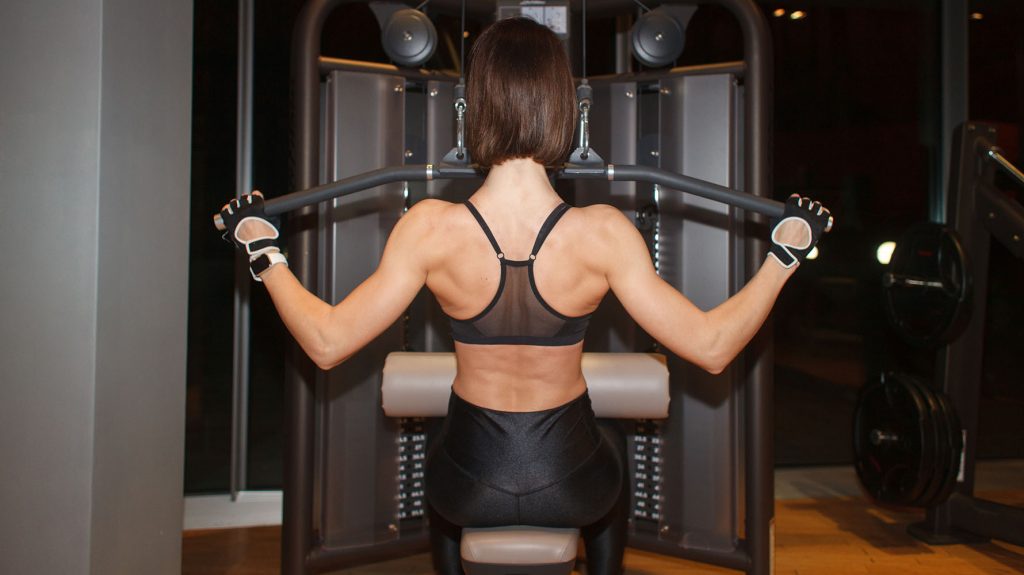
This exercise is also an indispensable exercise within a back training routine. This is because it focuses mainly on the lats and with this motion, it will train the upper, middle and lower part of the lat muscle. If this is done slowly with low tempo, for example you pull down at half your capacity and then let the weight go back up very slowly, you are growing with negative feedback (slow release up) as well as the normal range of movement to hit hypertrophy. This way it will maximize your muscle gain throughout the workout. Besides, this exercise can replace the classic pull-ups, which makes it one of the favorite for beginners and due to it not being a body weighted exercise, being able to increase the weight slowly will have many benefits towards your lat muscle growth.
It is advised for beginners, not to overuse or go too heavy with this exercise at first, because if the lat muscles are overused and “destroyed” this can be very uncomfortable and may become a hindrance to you within your normal daily tasks or work.
Straight-Arm Pulldown
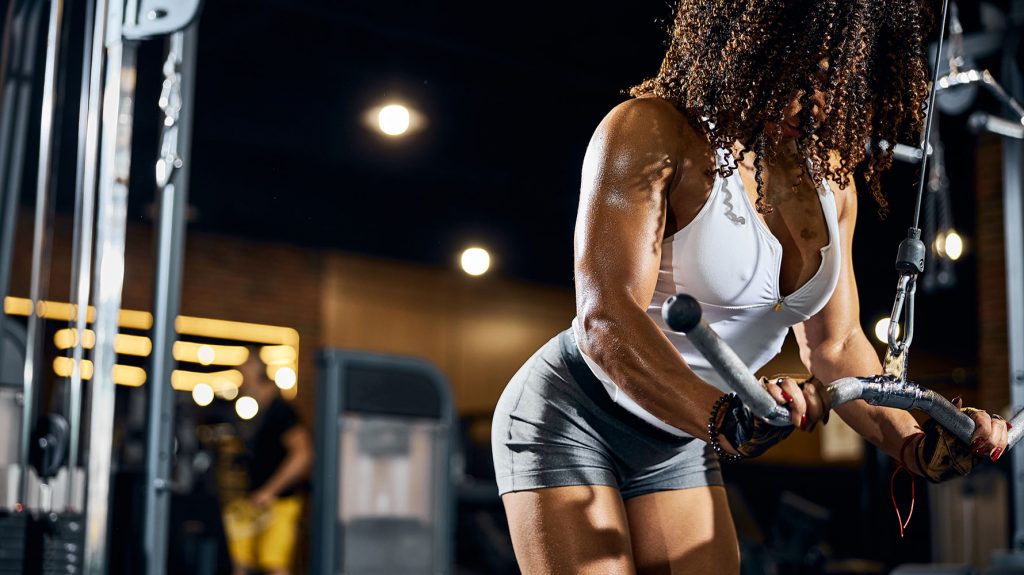
This exercise works primarily on isolating and targeting the lats, but also will use your upper back, rear deltoids, and triceps. Keeping the arms straight prevents the mid-back and biceps from taking over within the movement, so you can focus on the lat muscles directly. This is an isolation exercise and works great to isolate the lats individually. When performing this exercise, you must keep your form and technique as top priority, because if this movement is performed without isolating the lat muscles, then your front delts, traps and biceps will take most of the weight. If this happens, not only will you lose out on muscle gains in the lats, but also you could over strain your ligaments within your rotator cuffs and this could cause a tear of other issues.
Bent-Arm Dumbbell Pullover
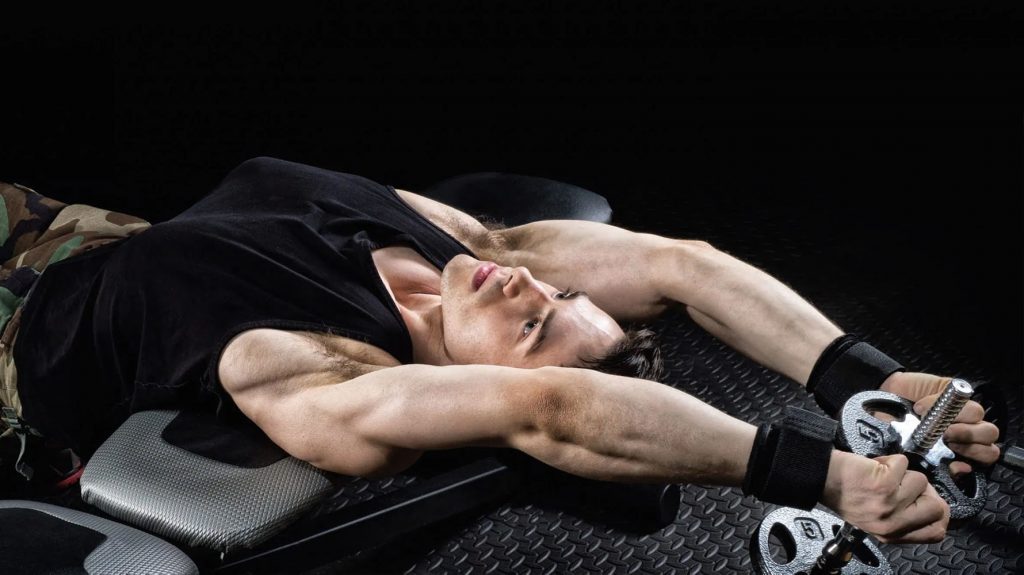
This is a favorite exercise of the great Arnold Schwarzenegger himself. An auxiliary isolation exercise, that primarily helps to work out the oblique, pectoral, and lats muscles. This can feel like an awkward position and sometimes it is hard for people to gain the right form and technique of this particular exercise. Starting with light weight and getting your form correct is the best way to become more comfortable with this movement. After this is perfected and the weight is increased, this can be a great exercise to hit all three muscle groups, which makes it useful and beneficial for professional athletes.
Best Exercises for Lower Back
Deadlift
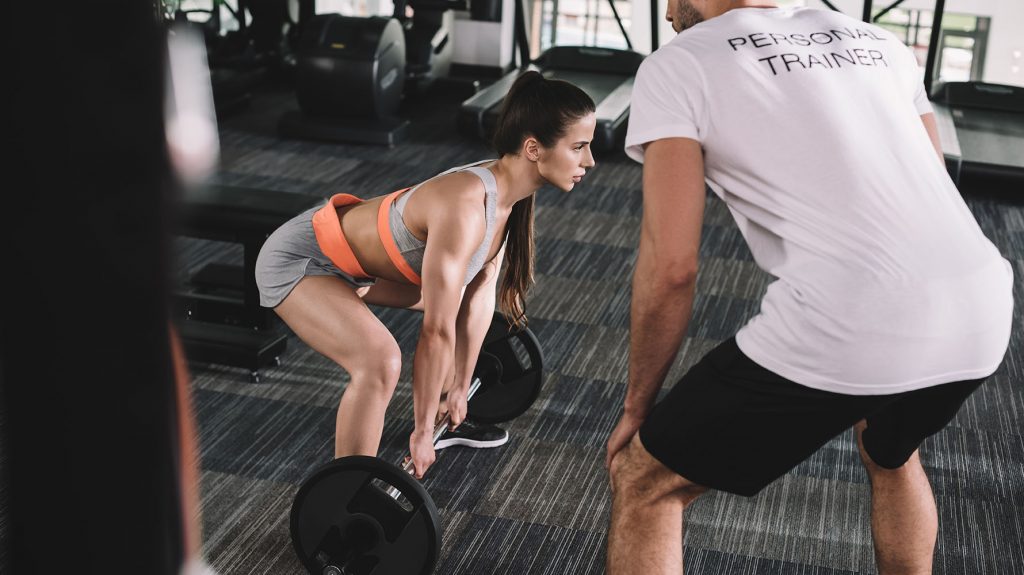
This exercise targets the longest muscles of the back, and therefore being the benchmark exercise for many people looking to gain strength and throw on some muscle. The deadlift is the only exercise that can greatly maximize the development of the lower back in a short space of time, while also stimulating the growth of all major muscle groups within your body. This is due to the amount of muscles that have to work hard to support a sports person’s stance and stature while this exercise is being performed. Again we must mention that your form must be on point, as if you are lifting with an incorrect posture of a bent back, other gym users will be waiting to catch your spline when it flies out! The best way is start with low weight get a good form and then increase your weight. This way, this exercise can really help you break barriers within your fitness goals.
Hyperextensions (Back Extensions)
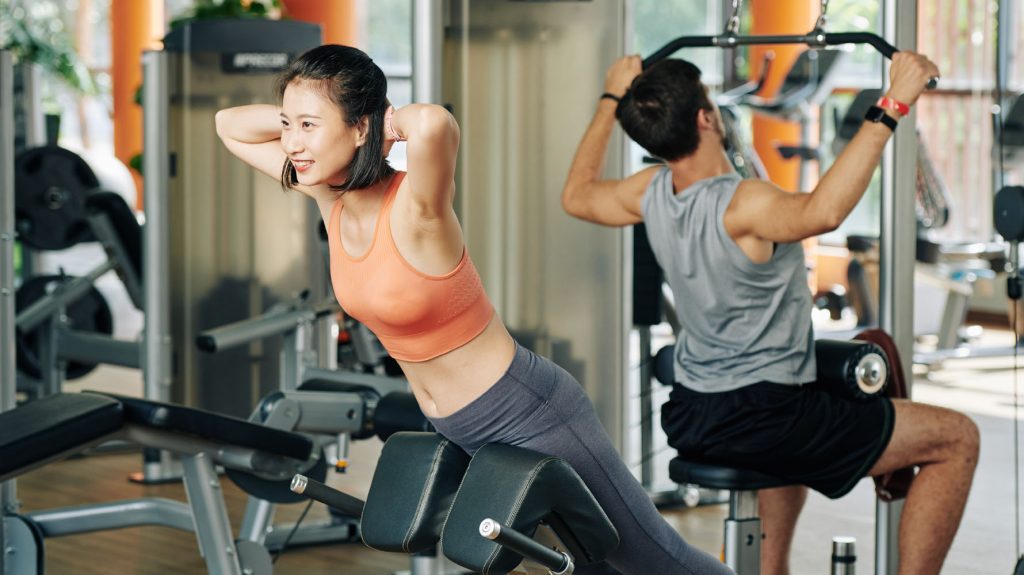
This exercise is designed to strengthen the muscles within the lower back. This is essential for all beginners that are planning to work with heavy free weight exercises within the near future. Initially, it is recommended that doing this exercise without weights, is the best way to develop your back muscles.
Back Exercises Safety Tips
When thinking about how to build up your back muscles, it is important to remember the rules that you must follow to minimize the risk of injury and maximize the effectiveness of these exercises. Let’s consider the main points:
- When training your back, it is important to start with a warmup of all muscles. In addition to a complex cardio warm-up and muscle stretching, you should start doing any exercise with light weight to “warm up”. This will significantly reduce the risk of injury.
- If you already have back problems, you must see a doctor before performing any of these exercises. Ask your doctor what exercises you can do and which you should not. Even if you don’t have back problems, it is better to start with strengthening exercises or gymnastics and only after that move on to weight training.
- It is best to do the exercises smoothly and slowly avoiding jerks, as the form and technique of the exercise is the most important part to prevent risk or harm. This is especially important when working with heavy weights.
- It requires regular training and a gradual increase in load. As soon as the muscles get used to the load, then you can increase the weight.
- It is necessary to monitor your pain. If back pain occurs, action must be taken to prevent this. To begin with, reduce the load of the weight and if pain reoccurs, stop exercising altogether to give your back a rest and consult with a specialist. Only after eliminating these causes of pain, then it will be safe to resume training.
- The most effective back exercises will not help you in any way, if you do not pay enough attention to the technique that is required. It is best to start training with a professional trainer or an experienced friend, but if this is not possible, then you can also use videos on YouTube as your guide.
When training your back, it is important to note that a lot of the movements involved and certain exercises put a lot of strain around the spinal column. If sudden movements are done with too much weight, this can damage this important part of the human body, causing displacement of the vertebrae, intervertebral hernias or pinching of nerves.
To prevent all these problems, it is important to start training with a warm-up and carefully monitor the correctness of your technique. It is always best to ask a professional, if possible, to check your technique to make sure you have picked it up correctly.
For a start, it’s best to ask a friend or a trainer to make sure your back and your shoulders are straight. If this is not possible, try to follow yourself with the help of the mirror. When doing a deadlift exercise, make sure that you wear a weightlifting belt, especially when you work with heavy weights.
Conclusion
Back training can be combined with smaller muscle groups such as; the shoulders, biceps, triceps and calves. The back is a large muscle group and must be trained first using basic compound exercises and towards the end of your workout, when your muscles are tired enough, you can finish them off with isolation exercises.
Do not train your back two, or even three times a week. This will not lead to anything good. Once a week is enough.
For advanced users, it is best to allocate a separate workout for the back, in which all attention will be paid to this particular muscle group. Since there are many great back exercises, an experienced bodybuilder can easily make a program for a full session.
A beginner does not need to combine workouts on the back with other large muscle groups, chest or legs. It is very difficult to workout on such large muscles within one session, as the back will lose some of the load, which will negatively affect its development.
As a beginner, you don’t need more than two or three back exercises per workout. Also, do not start with heavy weights. First, strengthen the whole body and gain mass, and only then proceed with a specific muscle group.

